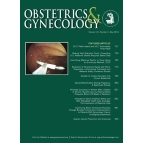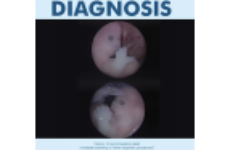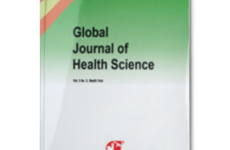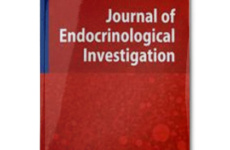 Cancer of the endometrium is the most common type of gynecologic cancer in the United States. Vaginal bleeding is the presenting sign in more than 90% of women with endometrial carcinoma.
Cancer of the endometrium is the most common type of gynecologic cancer in the United States. Vaginal bleeding is the presenting sign in more than 90% of women with endometrial carcinoma.
Clinical risk factors for endometrial cancer, including but not limited to age, obesity, use of unopposed estrogen, specific medical comorbidities (eg, polycystic ovary syndrome, type 2 diabetes mellitus, atypical glandular cells on screening cervical cytology), and family history of gynecologic malignancy also should be considered when evaluating postmenopausal bleeding.
The clinical approach to postmenopausal bleeding requires prompt and efficient evaluation to exclude or diagnose endometrial carcinoma and endometrial intraepithelial neoplasia. Transvaginal ultrasonography usually is sufficient for an initial evaluation of postmenopausal bleeding if the ultrasound images reveal a thin endometrial echo (less than or equal to 4 mm), given that an endometrial thickness of 4 mm or less has a greater than 99% negative predictive value for endometrial cancer.
Transvaginal ultrasonography is a reasonable alternative to endometrial sampling as a first approach in evaluating a postmenopausal woman with an initial episode of bleeding. If blind sampling does not reveal endometrial hyperplasia or malignancy, further testing, such as hysteroscopy with dilation and curettage, is warranted in the evaluation of women with persistent or recurrent bleeding.
An endometrial measurement greater than 4 mm that is incidentally discovered in a postmenopausal patient without bleeding need not routinely trigger evaluation, although an individualized assessment based on patient characteristics and risk factors is appropriate. Transvaginal ultrasonography is not an appropriate screening tool for endometrial cancer in postmenopausal women without bleeding.
Obstetrics & Gynecology: May 2018 – Volume 131 – Issue 5 – p e124–e129
DOI: 10.1097/AOG.0000000000002631















